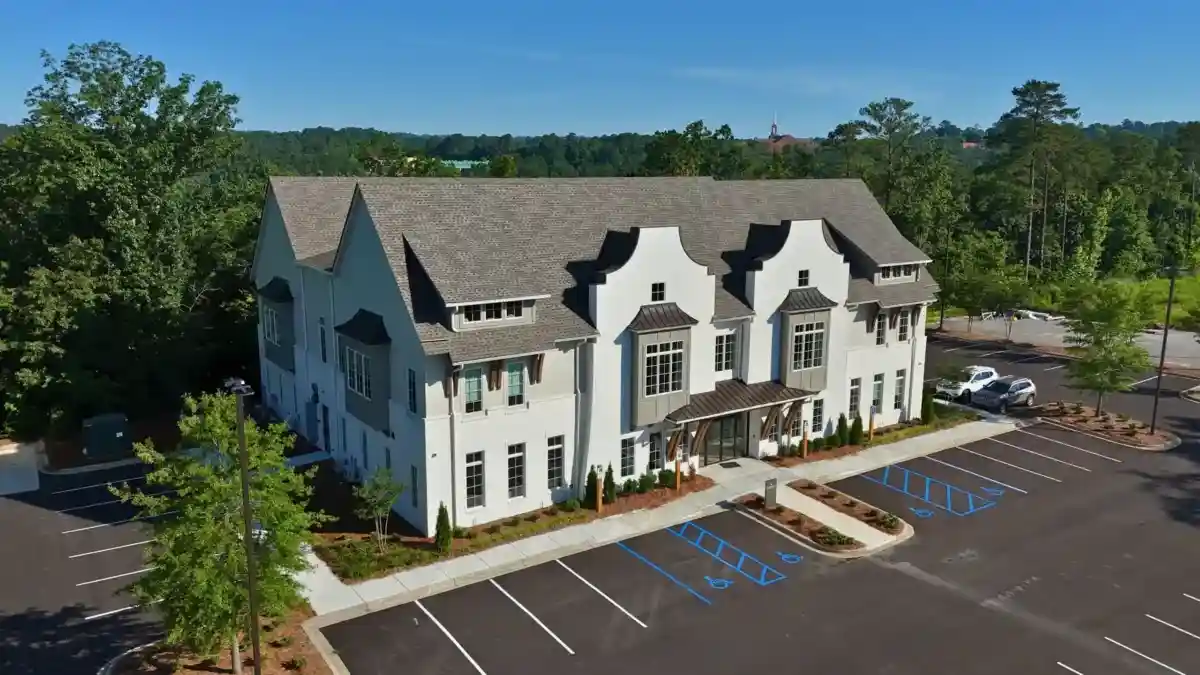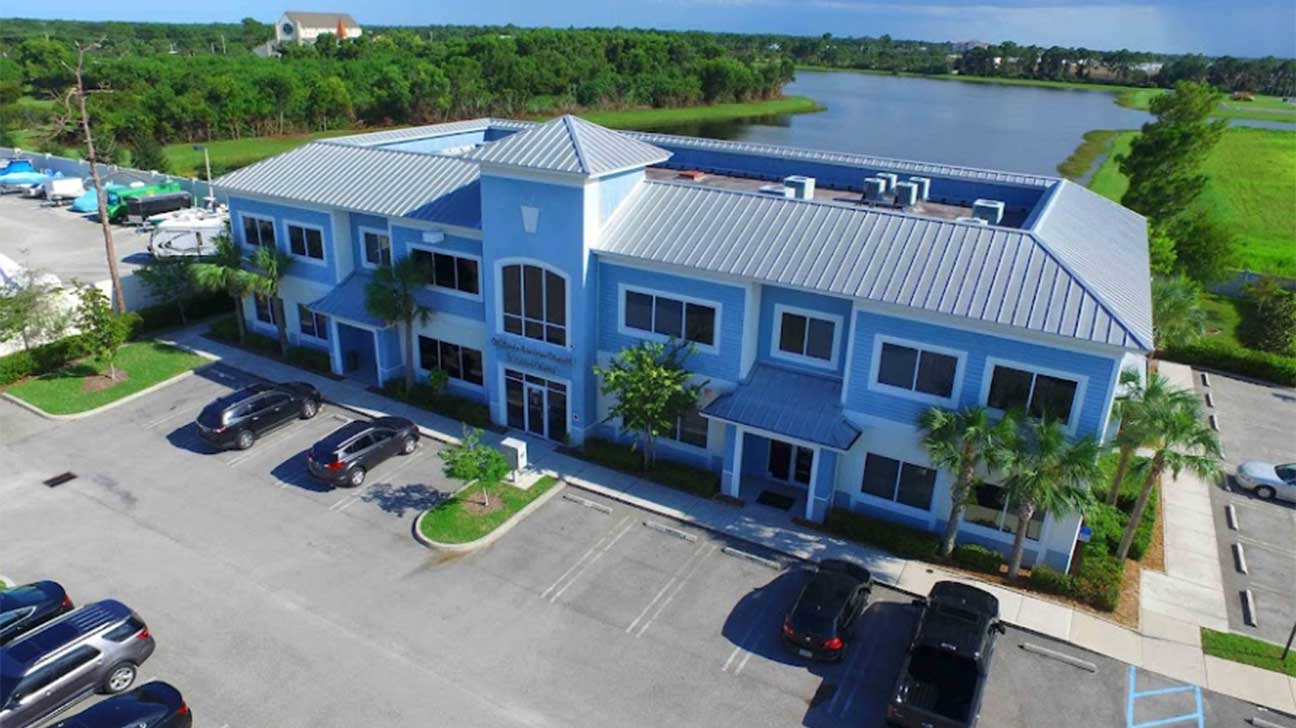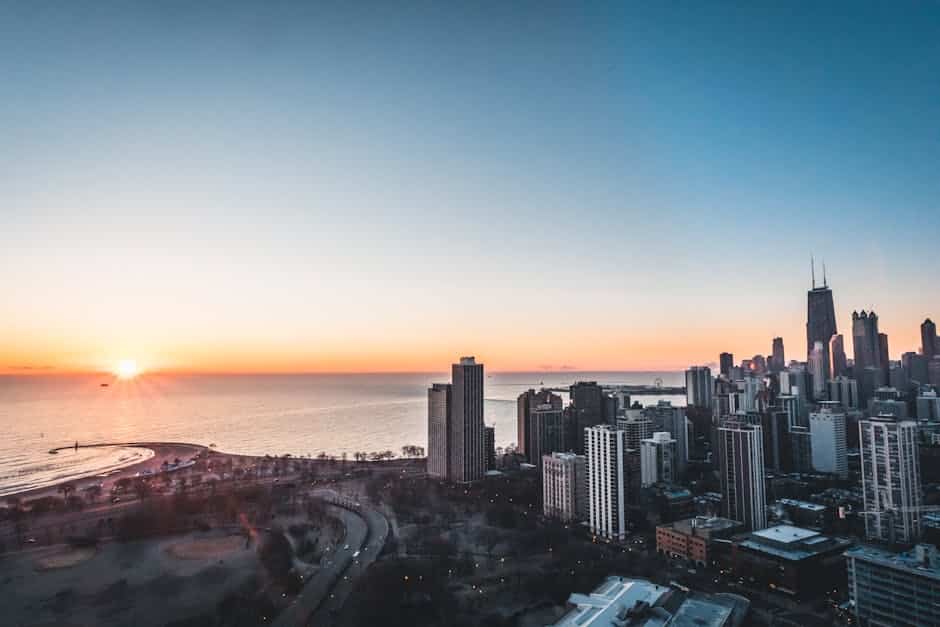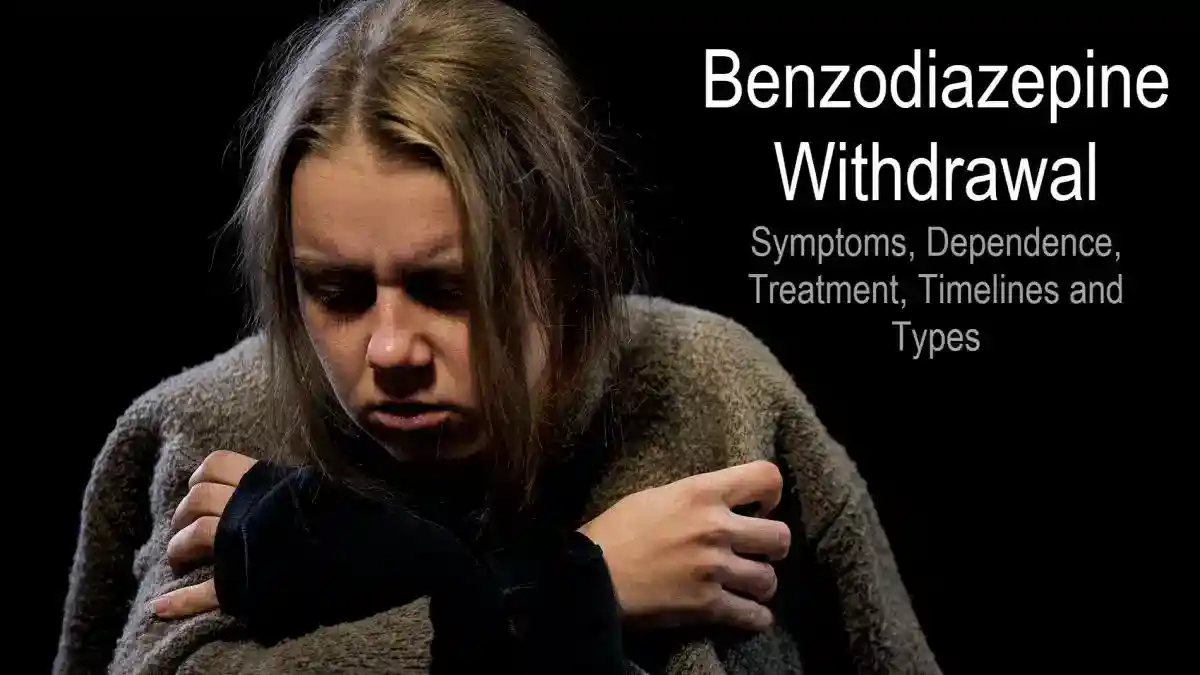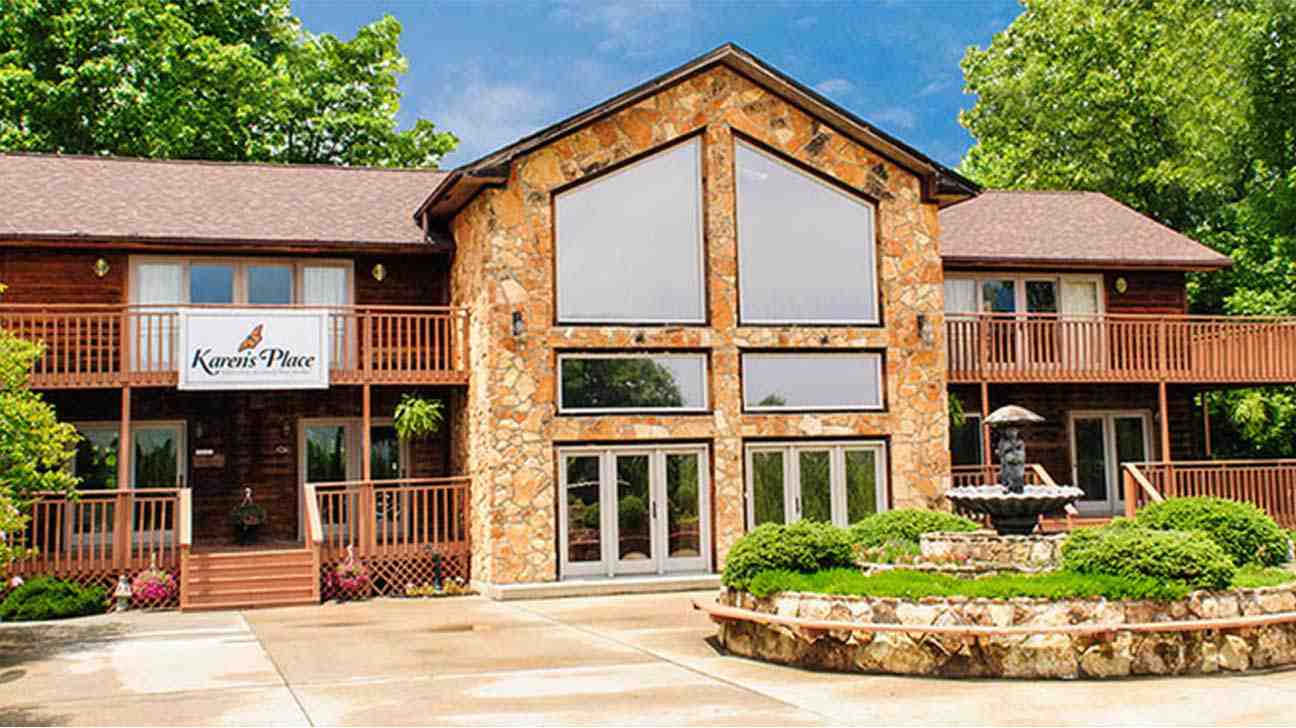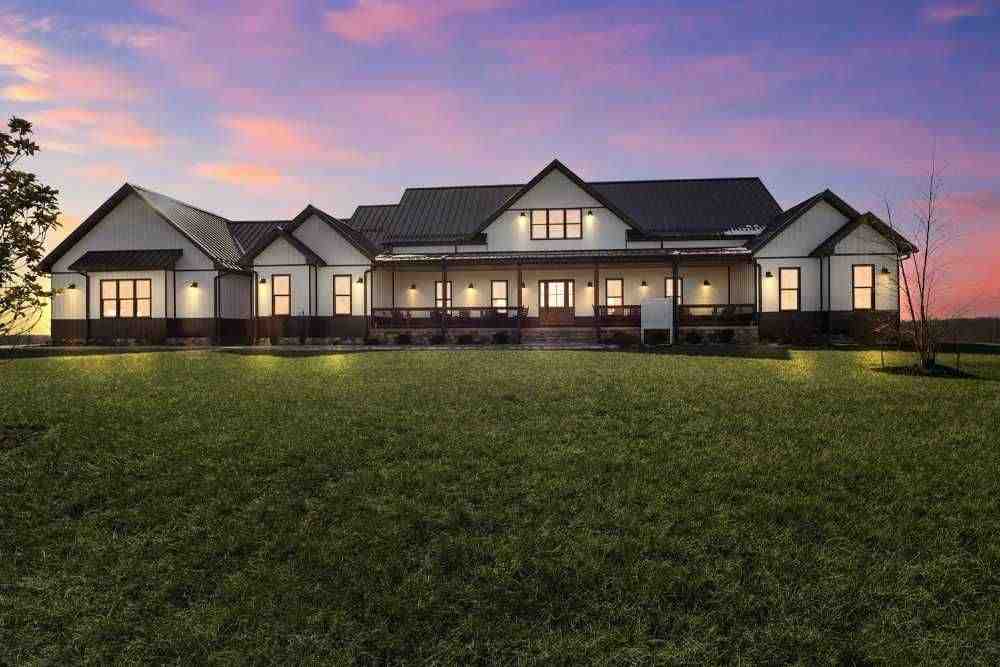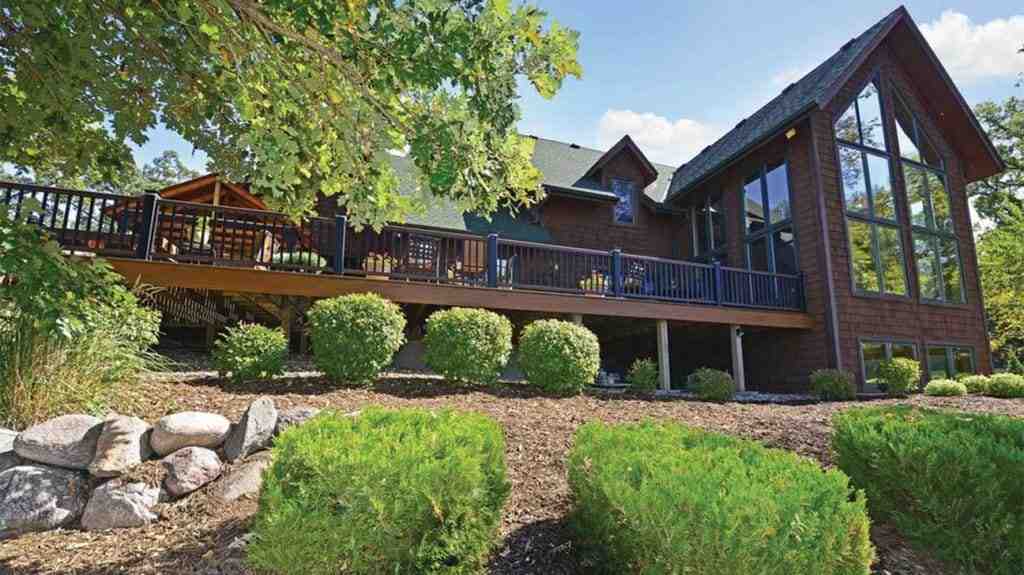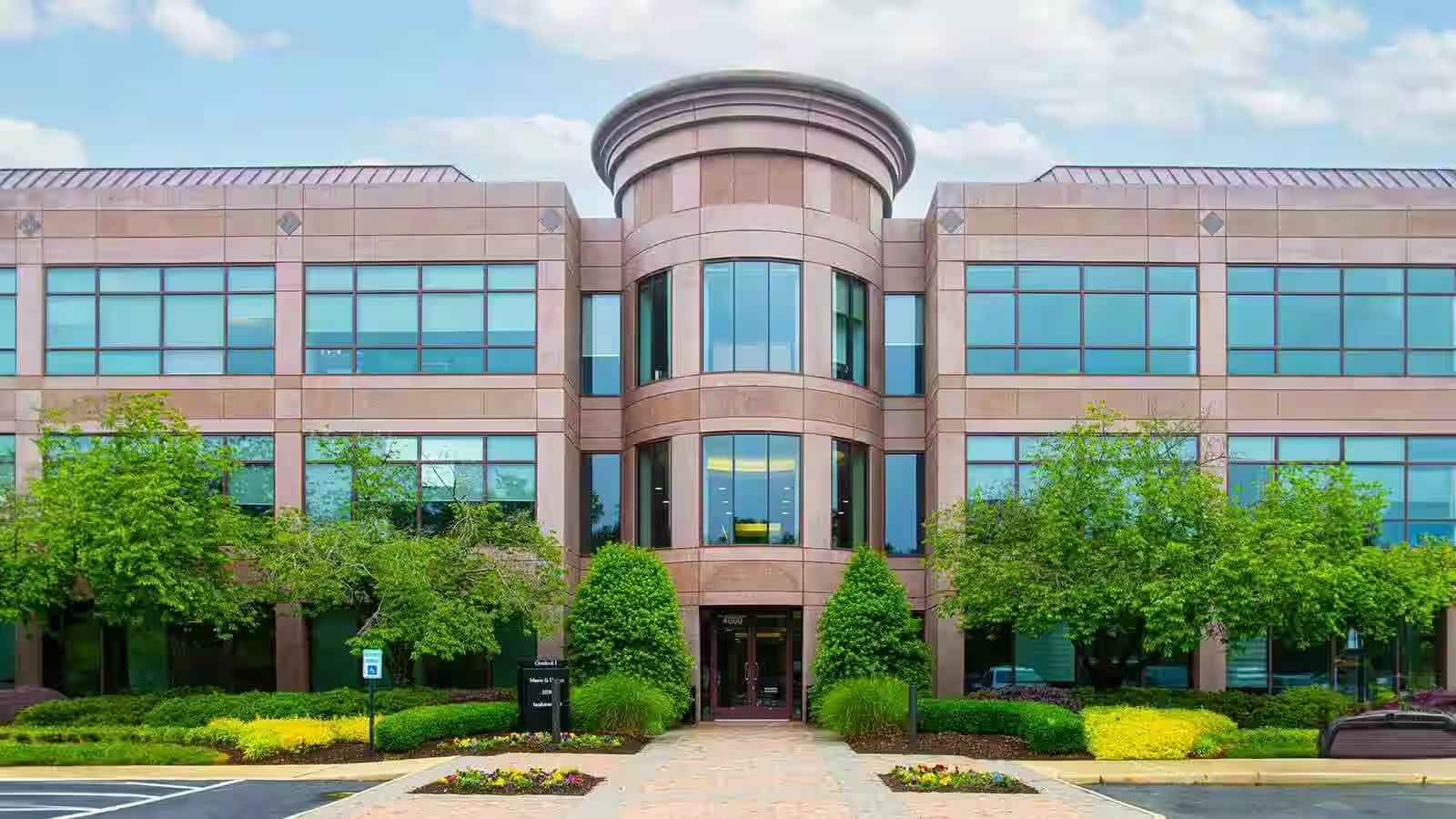
Understanding the Urgent Need for Specialized Adolescent Care
Drug rehab centers for minors are specialized facilities for adolescents aged 12-18 struggling with substance use disorders. They provide age-appropriate care that addresses the unique developmental, educational, and emotional needs of teens. Treatment often includes individual and family therapy, academic support, and care for co-occurring mental health conditions.
Adolescent substance use is a widespread crisis. In 2022, 2.2 million people aged 12 to 17 had a substance use disorder, according to the National Survey on Drug Use and Health. This is especially concerning because the adolescent brain is still developing until age 25, meaning drug and alcohol use can cause lasting damage.
Parents seeking help face significant challenges. Only about half of residential treatment facilities have an immediate opening, with average wait times of 28 days. The financial burden is also daunting, with monthly costs often exceeding $26,000.
Despite these obstacles, there is hope. Recovery is possible, and treatment designed for adolescents makes a critical difference. Unlike adult programs, teen rehab integrates educational support, addresses developmental challenges, and involves families in the healing process.
At Addiction Helpline America, we connect families with quality drug rehab centers for minors, understanding that finding the right treatment quickly can be a matter of life or death. Our team helps you steer the overwhelming landscape of adolescent addiction treatment, providing compassionate guidance when you need it most.
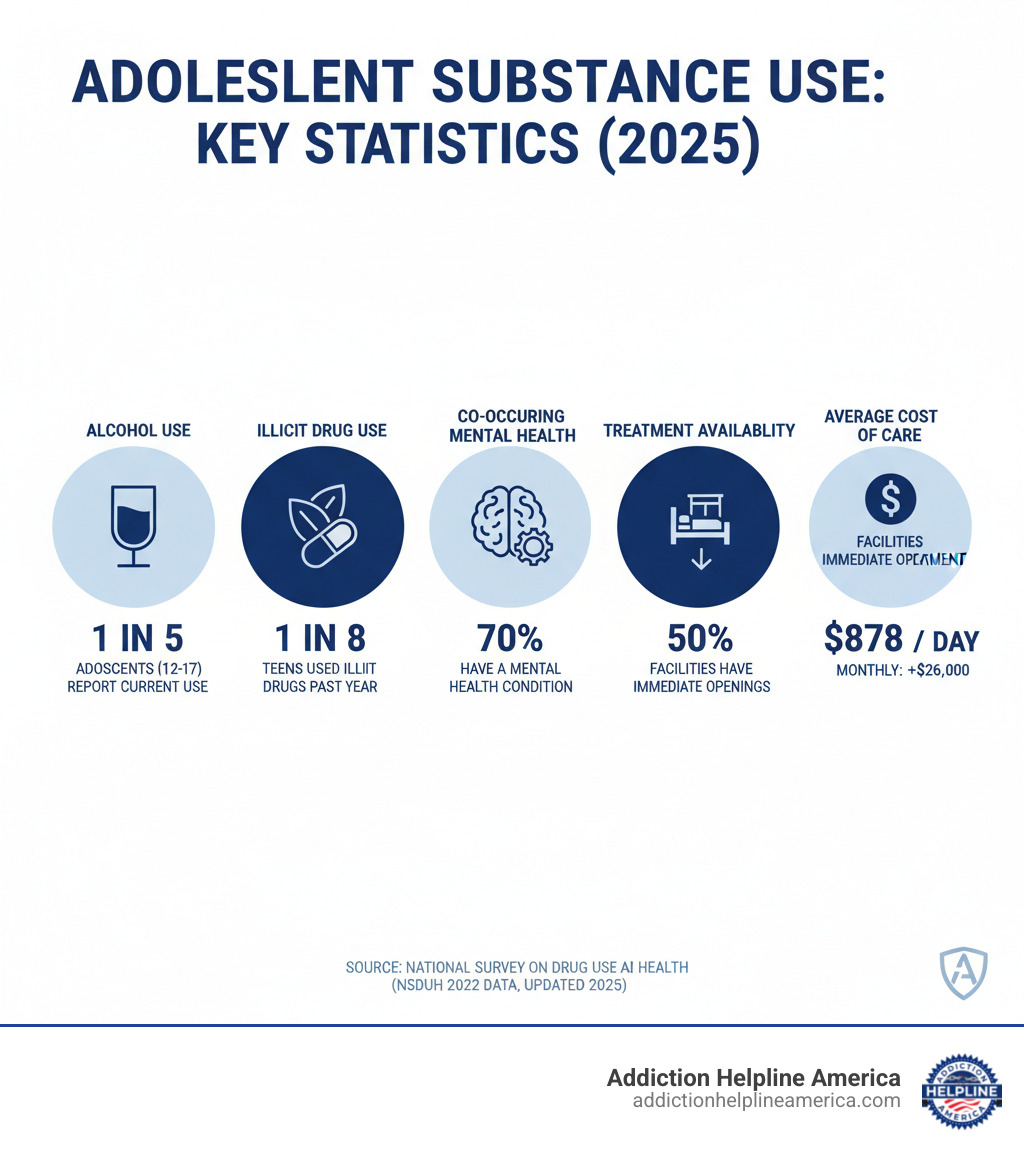
Recognizing the Need for Help: Is Teen Rehab Necessary?
Realizing your child might need professional help for substance abuse is terrifying. It can be difficult to distinguish between typical teenage behavior and something more serious. Understanding the warning signs is the first step toward finding the right drug rehab centers for minors.
Signs and Symptoms of Addiction in Minors
Many signs of substance abuse can mimic normal adolescent mood swings. The key is to look for a pattern and intensity of changes. Key warning signs include:
- Behavioral Changes: A sudden shift in friends, increased secrecy about activities, or defensive reactions to simple questions.
- Emotional Swings: Severe, unexplained mood swings between irritability, anxiety, paranoia, or depression.
- Neglect of Hygiene: A noticeable decline in personal grooming and appearance.
- Academic Decline: A sharp drop in grades, skipping classes, or new disciplinary issues at school.
- Loss of Interest: Abandoning hobbies, sports, or activities they once loved.
- Physical Signs: Unexplained weight changes, unusual pupil dilation, or the smell of drugs or alcohol. You might also find paraphernalia like pipes, rolling papers, or small baggies.
It’s important to understand the difference between drug misuse (experimentation) and addiction, which is a mental illness characterized by compulsive use despite negative consequences. Addiction is a disease that requires professional treatment, not a moral failing.
Many teens with substance use issues also have underlying mental health conditions. Over 60% of adolescents in treatment also meet the criteria for another mental illness, such as depression, anxiety, or trauma. They are often using substances to self-medicate pain they don’t know how to manage.
Understanding the Impact on the Adolescent Brain
The teenage brain is not fully developed until around age 25. The prefrontal cortex, responsible for impulse control and decision-making, is still under construction. This makes teens more prone to risk-taking and exceptionally vulnerable to the effects of drugs and alcohol.
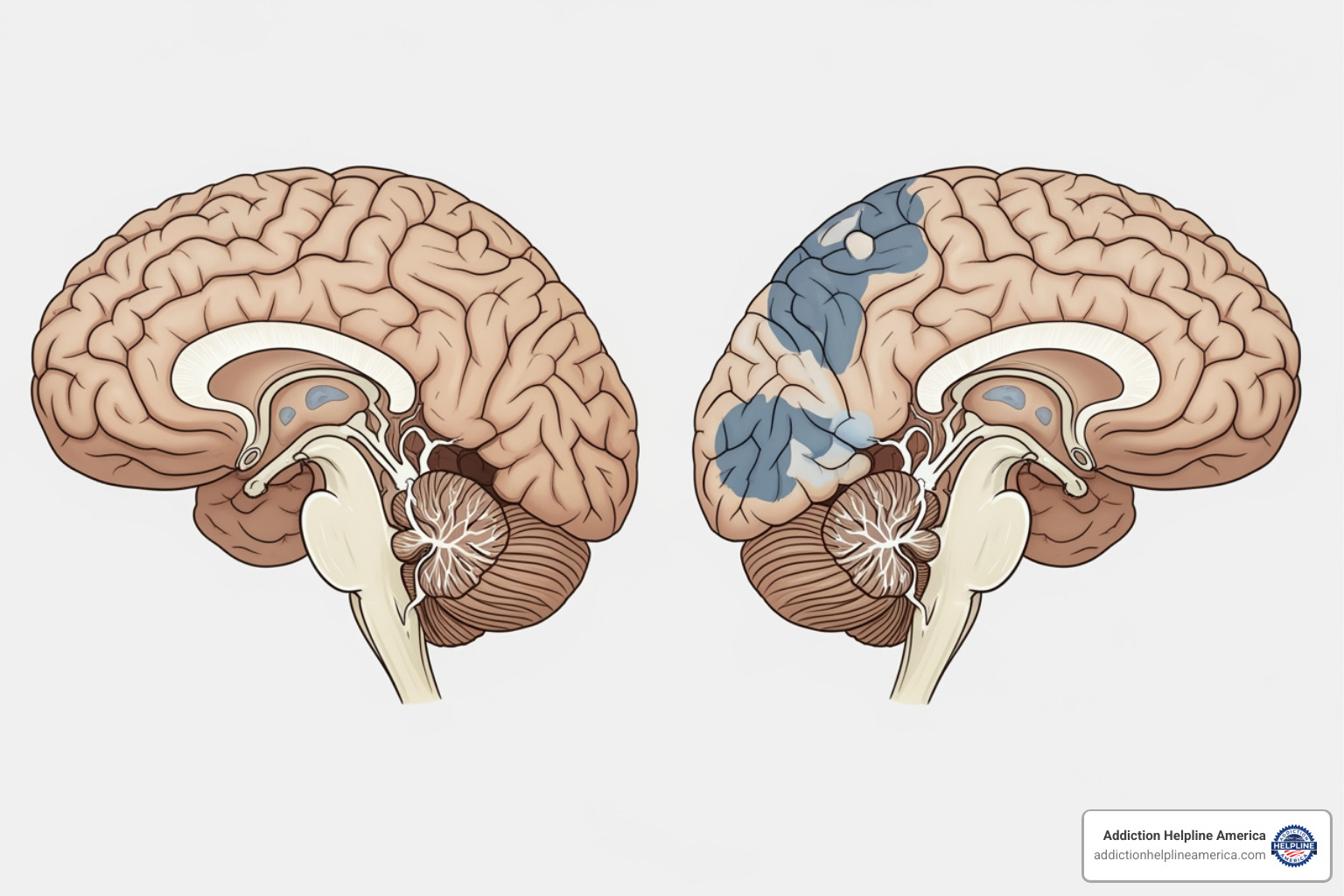
Substance use during these critical years can cause long-term cognitive damage affecting memory, learning, and attention. Perhaps most concerning, early substance use significantly increases the risk of adult addiction. What starts as experimentation can set the stage for a lifelong struggle.
If you see these signs, it’s time to act. Consider an intervention approached with love and concern. Before you talk, research drug rehab centers for minors to have concrete solutions to offer. You’re not just identifying a problem; you’re offering a path forward.
At Addiction Helpline America, we understand how overwhelming this moment feels. Our team can help you explore your options and connect you with treatment centers specializing in adolescent care. You don’t have to do this alone.
Types of Specialized Programs in Drug Rehab Centers for Minors
Finding the right treatment facility for your child is a critical decision. Specialized drug rehab centers for minors are designed to meet the unique developmental, emotional, and educational needs of adolescents. At Addiction Helpline America, we’ve built a trusted network of accredited facilities that we’ve vetted for quality and effectiveness.
Rather than a one-size-fits-all list, we connect you with facilities that match your child’s specific needs. Below are examples of the types of specialized programs available through our network. Look for facilities with accreditation from bodies like the Joint Commission, as this indicates high standards of care.
Programs for Co-Occurring Disorders
Since over 60% of teens in treatment have both a substance use disorder and a mental health condition (like depression or anxiety), top-tier centers provide an integrated approach. They treat these issues simultaneously, understanding they are deeply connected. Treatment often involves evidence-based therapies like Cognitive Behavioral Therapy (CBT) and Dialectical Behavior Therapy (DBT) within a safe, supervised residential care setting. Family therapy is a core component, helping heal family dynamics and teaching support strategies.
Programs with Experiential and Academic Focus
Some teens respond better to non-traditional therapies. Programs incorporating experiential therapy use activities like adventure courses, art therapy, or equine therapy to help teens build trust, develop empathy, and find new ways to express themselves. Academic support is also built-in, with on-site teachers who coordinate with the teen’s home school to ensure they don’t fall behind. The focus extends to character development, building self-esteem, resilience, and healthy coping mechanisms.
Gender-Specific and Long-Term Programs
Gender-specific care can be highly effective, as boys and girls often face different social pressures and may feel more comfortable addressing sensitive issues in a single-gender environment. These are often long-term residential programs (lasting more than 30-60 days), which research shows lead to better outcomes. A major component is life skills training, where teens learn practical skills like budgeting, communication, and conflict resolution needed for independent, sober living.
Outpatient and Community-Based Services
Not every teen requires residential treatment. Robust outpatient services allow teens to receive therapy while living at home and continuing school. This is ideal for those with less severe issues or as a step-down from residential care. Many centers also offer school-based prevention and community outreach to reduce stigma and intervene early. Culturally sensitive programs tailor treatment to respect the diverse backgrounds of participants.
Trauma-Informed and Holistic Care
For teens who have experienced trauma or are in the foster care system, trauma-informed care is essential. Staff are trained to create a safe environment that avoids re-traumatization and promotes healing. A holistic approach integrates mental, physical, and spiritual well-being, recognizing that true recovery addresses the whole person, not just the addiction.
Comprehensive and Continuing Care
Leading facilities provide a full continuum of care, from assessment to aftercare. They may offer both residential and outpatient care, as well as intermediate options like partial hospitalization or therapeutic group homes. Crucially, they focus on aftercare planning, developing a comprehensive plan for continued support through ongoing therapy, support groups, and community resources to prevent relapse.
At Addiction Helpline America, we help you steer these choices to find the program that gives your child the best chance at lasting recovery. Our team knows these facilities and can match your teen’s needs with the right program.
Understanding the Treatment Journey in Drug Rehab Centers for Minors
The recovery journey for a minor is about more than stopping drug use; it’s about healing, growing, and learning to steer life without substances. Drug rehab centers for minors use a structured path to address every aspect of a teen’s well-being.

Treatment involves different levels of care, evidence-based therapies, academic support, and aftercare planning. The goal is to provide a safe environment where young people can heal and build skills for a healthy future.
Inpatient vs. Outpatient Treatment Options
Inpatient or residential treatment means the teen lives at the facility with 24/7 supervision. This removes them from triggers and provides a structured environment filled with therapy, academic work, and medical oversight. It’s typically recommended for severe addiction, co-occurring mental health issues, or an unsafe home environment. Programs usually last 30 to 90 days, though longer stays can be beneficial.
Outpatient treatment allows a teen to live at home while attending therapy sessions. This works for teens with mild to moderate addiction and strong home support. Intensity varies from a few hours a week to more intensive programs like Intensive Outpatient (IOP) or Partial Hospitalization (PHP). It’s also a common step-down after residential care.
The Role of Detox, Family Therapy, and Co-Occurring Disorder Care
Specialized services are often a key part of treatment.
-
Medically Supervised Detoxification: This is an essential first step for teens physically dependent on substances like opioids or alcohol. It safely manages withdrawal symptoms under medical care before the teen transitions to a rehab program.
-
Family Therapy: Addiction affects the entire family. Family therapy is a cornerstone of adolescent treatment, helping to rebuild trust, improve communication, and establish healthy boundaries. Research shows that teens with active family involvement have significantly better outcomes.
-
Co-Occurring Disorder Care: Over 60% of adolescents in treatment also have a mental health condition like depression, anxiety, or ADHD. This is called a dual diagnosis. Effective rehab centers provide integrated treatment, addressing both the substance use and the mental health condition simultaneously for lasting recovery.
Aftercare and Relapse Prevention for Teens
Completing a program is the beginning of the recovery journey, not the end. Aftercare is critical for sustained sobriety.
Continuing care involves ongoing support through individual therapy, support groups (like 12-Step programs for youth), and regular check-ins. For some, sober living environments provide a structured transition back to independence.
Relapse prevention focuses on building healthy coping mechanisms to handle stress and peer pressure. Skills like mindfulness, exercise, and creative expression are practical tools for staying sober. A relapse doesn’t mean treatment failed; it indicates that the aftercare plan may need adjustment. With continued support, teens can get back on track and maintain long-term recovery.

Navigating the Logistics: Legal, Financial, and Finding Help
Once you’ve decided your child needs help, practical questions arise about legal rights, costs, and where to begin. The logistics of accessing drug rehab centers for minors can feel overwhelming, but you are not alone in navigating these challenges.
Legal Considerations: Can a Minor Be Sent to Rehab Without Consent?
In most cases, yes. If your child is 17 or younger, you generally have the legal authority as a parent or guardian to place them in treatment, even against their will. Involuntary commitment laws exist for life-threatening situations where waiting for a teen to “want help” is not an option.
While the age of consent varies by state, parental authority typically takes precedence for intensive treatment, especially when safety is the primary concern. This decision is often made out of profound love to ensure a child’s survival. In emergencies like an overdose, hospitals can initiate holds that may lead to involuntary treatment, serving as a first step toward long-term care.
Costs and Insurance for Teen Rehab
Finances are one of the biggest barriers for families. The average daily cost for adolescent residential treatment is $878, meaning a 30-day stay can exceed $26,000. Nearly half of facilities require significant upfront payment.
However, cost should not prevent your child from getting help. There are options:
-
Insurance: Most private health insurance plans offer some coverage for substance use treatment. The first step is to verify your benefits with your provider or the treatment center’s admissions team. At Addiction Helpline America, we can help you understand your coverage.
-
Public Funding: Medicaid and the Children’s Health Insurance Program (CHIP) provide coverage, but availability is a challenge. Only about 57% of facilities accept Medicaid, and waitlists can be long.
-
Other Options: Some non-profit or publicly funded centers offer sliding scale fees based on income. Many private centers also provide financing options or connect families with healthcare lenders.
We know the financial burden feels impossible. The high costs and limited availability can make any parent feel defeated. But treatment is possible, and we have helped countless families find affordable care. Don’t let cost be the reason you give up. Reach out to us at Addiction Helpline America, and let’s explore your options together. Your child’s recovery is worth fighting for.
Frequently Asked Questions about Teen Rehab
When considering drug rehab centers for minors, parents have many questions. Here are concise answers to the most common ones we hear.
How long does a minor typically stay in a rehab center?
The length of stay is custom to the individual. It depends on the severity of the substance use, any co-occurring mental health conditions, and how the teen responds to treatment. Most residential programs are structured for 30, 60, or 90 days. However, research suggests that programs lasting 90 days or longer have better long-term outcomes. An initial assessment will determine the recommended length of stay, which can be adjusted as needed.
What happens with schoolwork while my child is in residential treatment?
Reputable drug rehab centers for minors prioritize education. Most facilities have accredited on-site academic programs with certified teachers and tutors. They work directly with your teen’s home school to ensure credits transfer and that your child stays on track with their coursework. This collaboration allows for a smooth transition back to their regular school after treatment. Some centers also offer support for obtaining a GED if that is a more appropriate path.
How involved can parents be during their child’s treatment?
Parental involvement is essential for successful adolescent recovery. Your participation is not just welcomed; it’s a core part of the program.
-
Family Therapy: Regular sessions are standard. They help improve communication, rebuild trust, and heal the family unit.
-
Parent Education: Many centers offer workshops or weekends for parents to learn about addiction, recovery, and effective support strategies.
-
Communication: Facilities have clear policies for phone calls, video chats, and visits. These are designed to support the therapeutic process. Contact may be limited initially but typically increases as the teen progresses in treatment.
-
Treatment Planning: You will be involved in collaborative treatment planning, helping to set goals and create a detailed aftercare plan for when your child returns home.
Your child’s recovery is a family journey, and quality programs are designed to support all of you.
Your Path to Healing Starts Here
If you’re reading this, you’ve already taken the crucial first step: seeking help for your child. We know this journey is overwhelming, but recovery is possible, and it starts with reaching out.
Specialized drug rehab centers for minors exist because adolescents deserve care that understands their developing brains, educational needs, and unique social pressures. Early intervention is key; addressing substance use in the teen years dramatically increases the chances of lasting recovery.
Treatment works. Comprehensive, age-appropriate care can redirect a young person’s life. It requires commitment, but the alternative is unacceptable when effective help is available.
At Addiction Helpline America, we make that help accessible. We offer free, confidential, and personalized guidance to connect you with quality drug rehab centers for minors that fit your child’s needs. Our experienced team knows the facilities in our network and can help you find the right one quickly.
We serve families across all 50 states and the District of Columbia, including Alabama, Alaska, Arizona, Arkansas, California, Colorado, Connecticut, Delaware, Florida, Georgia, Hawaii, Idaho, Illinois, Indiana, Iowa, Kansas, Kentucky, Louisiana, Maine, Maryland, Massachusetts, Michigan, Minnesota, Mississippi, Missouri, Montana, Nebraska, Nevada, New Hampshire, New Jersey, New Mexico, New York, North Carolina, North Dakota, Ohio, Oklahoma, Oregon, Pennsylvania, Rhode Island, South Carolina, South Dakota, Tennessee, Texas, Utah, Vermont, Virginia, Washington, West Virginia, Wisconsin, and Wyoming. We can help you with insurance, legal questions, and financial options.
Taking the first step is the hardest. You don’t have to have all the answers or steer this alone. Your family deserves support and expert guidance. Let us help you find it.
Find personalized drug and substance abuse treatment options
Our helpline is 100%
free & confidential
If you or someone you care about is struggling with drug or alcohol addiction, we can help you explore your recovery options. Don’t face this challenge alone—seek support from us.
Programs
Resources
Will my insurance
cover addiction
treatment?
We're ready to help
Find the best
drug or alcohol treatment
center
Are you or a loved one struggling with addiction? Call today to speak to a treatment expert.

